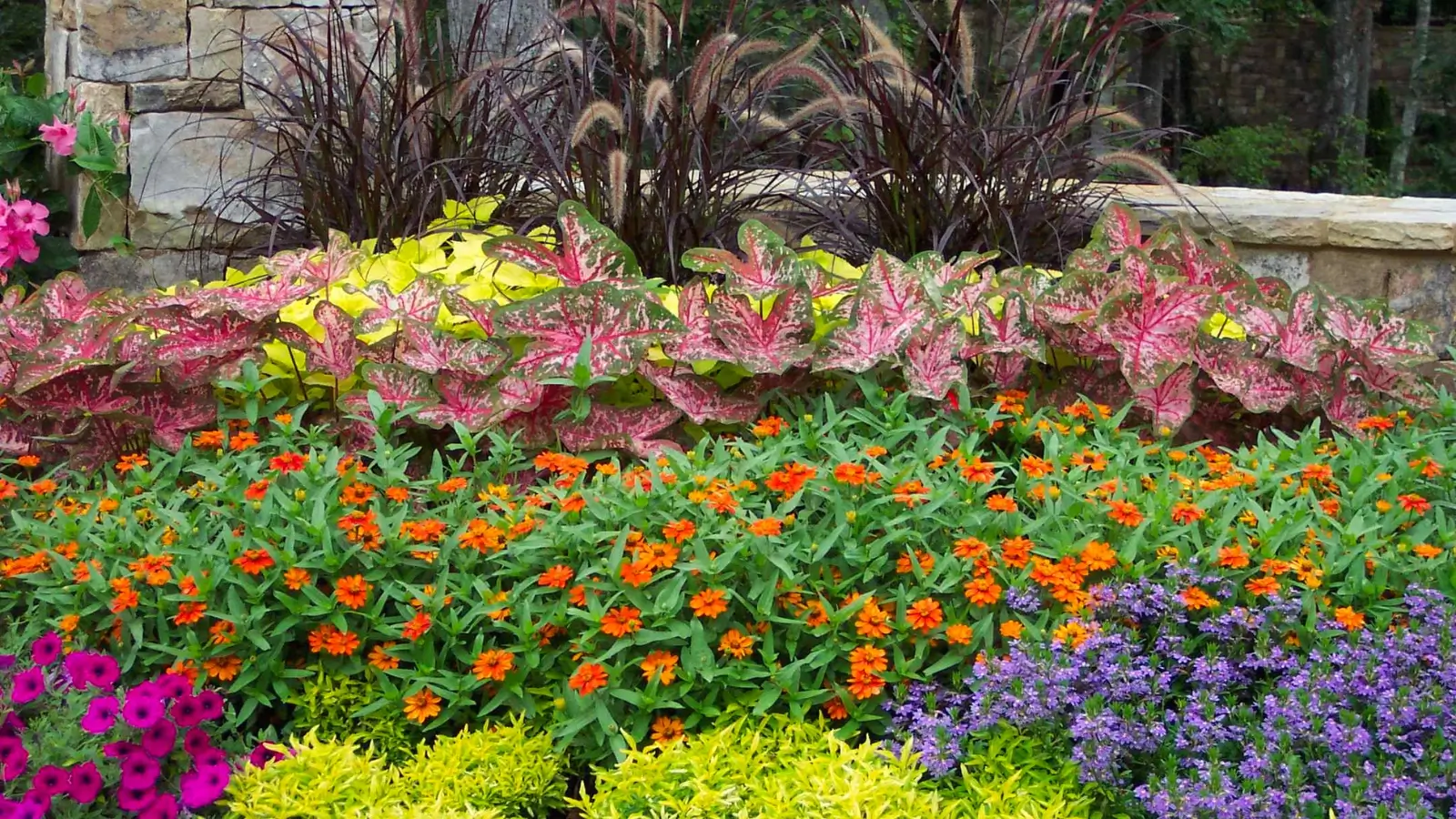


Creating a healthy, productive garden without synthetic chemicals is both practical and beneficial in the Texas climate. Ecological gardening focuses on building a resilient, self-sustaining system that supports soil health, local wildlife, and long-term productivity. Below is a clear, region-specific guide for cultivating such a garden.
Texas spans multiple USDA hardiness zones, from zone 6 in the north to zone 9 in the south. Summers are long and hot, and droughts are common, especially in central and western regions. This demands the use of hardy, drought-tolerant plants and efficient water management.
In 2023, the USDA updated its Plant Hardiness Zone Map, reflecting changes in climate patterns. For instance, Dallas shifted from Zone 8a to 8b, indicating warmer winter temperatures.
Soils vary widely - sandy in the east, alkaline clay in central areas, and rocky caliche in the west. Soil testing is essential before planting. Understanding pH, nutrient content, and structure allows you to amend the soil appropriately using natural materials like compost, aged manure, or gypsum instead of synthetic inputs.
Successful ecological gardening begins with planning. Choose a location that receives adequate sunlight (at least 6 hours daily for most crops) and has good drainage. Avoid low-lying areas where water collects.
Design your garden with biodiversity in mind. Incorporate a mix of ground covers, herbs, flowers, shrubs, and trees. Use companion planting to naturally repel pests and improve growth. Native and adapted plants are essential - they require less water, resist local pests, and support native pollinators. Consult local plant databases to identify species suited to your region.
Soil is the foundation of any garden. Focus on feeding the soil, not just the plants. Composting kitchen scraps, leaves, and garden waste creates nutrient-rich humus that improves soil structure, moisture retention, and microbial activity.
Apply mulch - wood chips, straw, leaves, or grass clippings - to suppress weeds, regulate soil temperature, and reduce water evaporation. Over time, mulch breaks down and enriches the soil. Planting cover crops during off-seasons helps fix nitrogen, prevent erosion, and increase organic matter.
Conserving water is vital in Texas. Install drip irrigation systems to deliver water directly to plant roots, minimizing evaporation. Collect rainwater in barrels and use it during dry periods.
Water early in the morning to reduce loss through evaporation and avoid fungal issues. Deep, infrequent watering encourages deeper root systems and improves drought resistance. Group plants with similar water needs to simplify irrigation.
Conventional lawns require heavy water and chemical inputs. For ecological success, choose native or well-adapted grass species. Buffalograss, and Zoysia grass are suitable for many Texas regions. These grasses are drought-tolerant, grow slowly, and require minimal fertilizer.
To ensure long-term success without synthetic inputs, it's important to source high-quality, region-appropriate sod. Whether you’re renovating a lawn or starting fresh, choosing the right sod from a reliable grass store in Texas makes organic maintenance much easier down the road.
Mow high - around 3 inches - to shade out weeds and reduce evaporation. Leave grass clippings on the lawn to return nutrients to the soil. Aerate compacted soil annually and top-dress with a thin layer of compost to improve fertility and microbial life. Avoid overwatering, which leads to shallow roots and disease.
If a traditional lawn is not necessary, consider alternatives like native groundcovers, ornamental grasses, or prairie-style plantings. These require less maintenance and support local biodiversity.
A diverse, healthy garden naturally resists pests. Attract beneficial insects like ladybugs, lacewings, and hoverflies by planting flowers such as yarrow, dill, and marigold. Provide habitat for birds, lizards, and amphibians, which prey on common garden pests.
Use physical barriers - row covers, collars, or netting - to protect vulnerable plants. Apply natural treatments like neem oil, garlic spray, or insecticidal soap when infestations occur. Hand-picking pests and removing diseased plants promptly helps prevent larger problems.
Diatomaceous earth is an effective all-natural pest control method suitable for organic gardening, controlling pests like earwigs, caterpillars, ants, aphids, slugs, and snails by damaging their exoskeletons. While citrus peels contain essential oils that can repel pests, their concentration is typically too low to be effective in garden settings.
Prevent weeds by maintaining mulch layers and minimizing soil disturbance. Pull weeds before they set seed. Dense planting and ground covers also reduce open soil where weeds can take root.
Fertilize based on soil test results. Use compost, worm castings, or plant-based liquid feeds to nourish your garden. These improve soil life and release nutrients gradually, avoiding the nutrient spikes and runoff associated with synthetic fertilizers.
Compost tea is rich in nutrients required by plants, small organic acids, humic acids, beneficial microorganisms, and their metabolites, enhancing soil fertility and plant growth.
Crop rotation prevents nutrient depletion and reduces pest buildup. For example, follow heavy feeders like tomatoes with nitrogen-fixing legumes such as beans or peas. Observe your plants for signs of deficiency - yellowing leaves, stunted growth - and respond with targeted, organic amendments.
Avoid over-fertilization, which can harm plants and wash nutrients into local waterways. Let your soil biology do the heavy lifting over time.
Join local gardening groups or visit demonstration gardens to learn from others. Many Texas communities offer free composting workshops, native plant sales, and ecological gardening classes. Connecting with other gardeners provides practical insights and helps build a resilient local gardening network.
The Texas Organic Farmers & Gardeners Association maintains a calendar of events, including workshops and conferences focused on organic gardening practices.
Chemical-free gardening in Texas is entirely achievable with knowledge and intention. Focus on building healthy soil, selecting region-appropriate plants, and encouraging natural ecological processes. With time, your garden will become more self-sustaining, resilient, and beneficial to the broader environment.